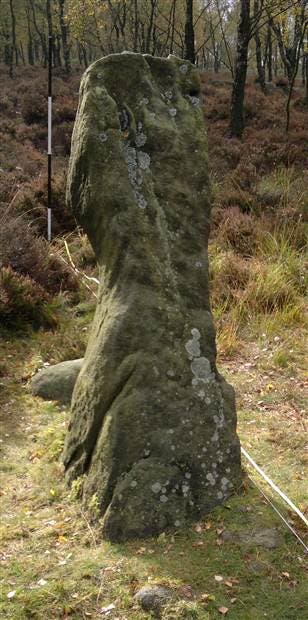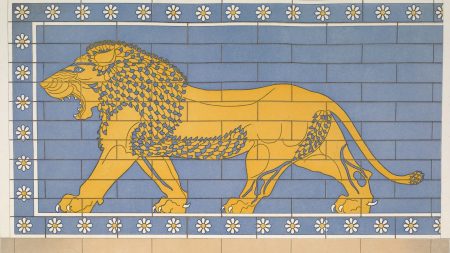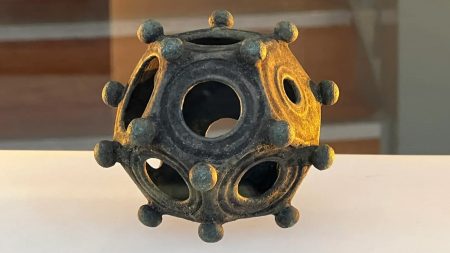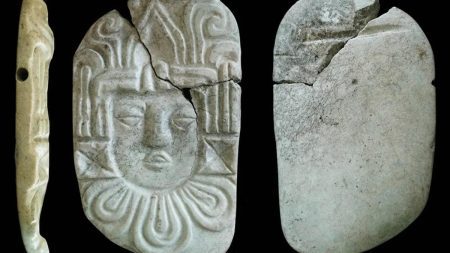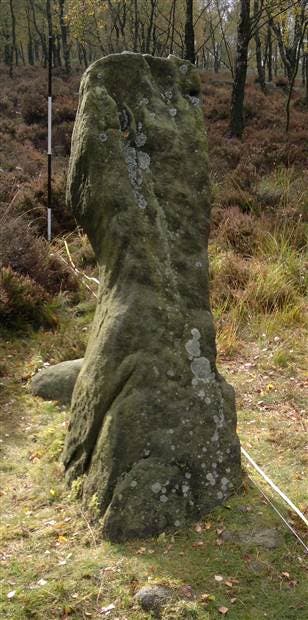
Astronomers at Nottingham Trent University have presented evidence that a 4000-year-old stone monolith, located at Gardom’s Edge less than an hour’s drive from Manchester, was used by Neolithic locals at the time as an astronomical marker.
The monolith is 7.2-foot tall (2.2-meter), triangular in shape, angles up toward geographic south, and features packing stones arranged around it, suggesting that it was located in a certain position. The team of researchers made microtopography survey of the surface surrounding the monolith and devised a 3-D computer model to analyze how the stone would’ve been illuminated four millennia ago, different from today because of the slight shifting of Earth’s axis over time.
“Given the sensitivity of the site, we can’t probe under the surface of the soil. However, through our survey, we have found a higher density of packing stones on one side, supporting the case that the stone has been orientated intentionally,” said Dr. Brown.
The astronomers’ model shows that during the winter half-year, the slanted side of the stone would remain in permanent shadow, while it would have been illuminated only in the morning and afternoon during most of the summer. During midsummer, the stone would have most likely been illuminated brightly throughout.
“The stone would have been an ideal marker for a social arena for seasonal gatherings,” said Dr. Brown. “It’s not a sundial in the sense that people would have used it to determine an exact time. We think that it was set in position to give a symbolic meaning to its location, a bit like the way that some religious buildings are aligned in a specific direction for symbolic reasons.”
“The use of shadow casting in monuments of this period is quite rare in the British Isles,” said Dr. Brown. “But there are some examples including New Grange, Ireland, and some Clava cairns in the north-east of Scotland that have been proposed to include the intentional use of shadows. Both are associated to burial sites using the symbolism of a cyclic light and shadow display to represent eternity. Given the proximity of the Neolithic enclosure and possible ritual importance of this site, the Gardom’s Edge monolith could be another such example.”





